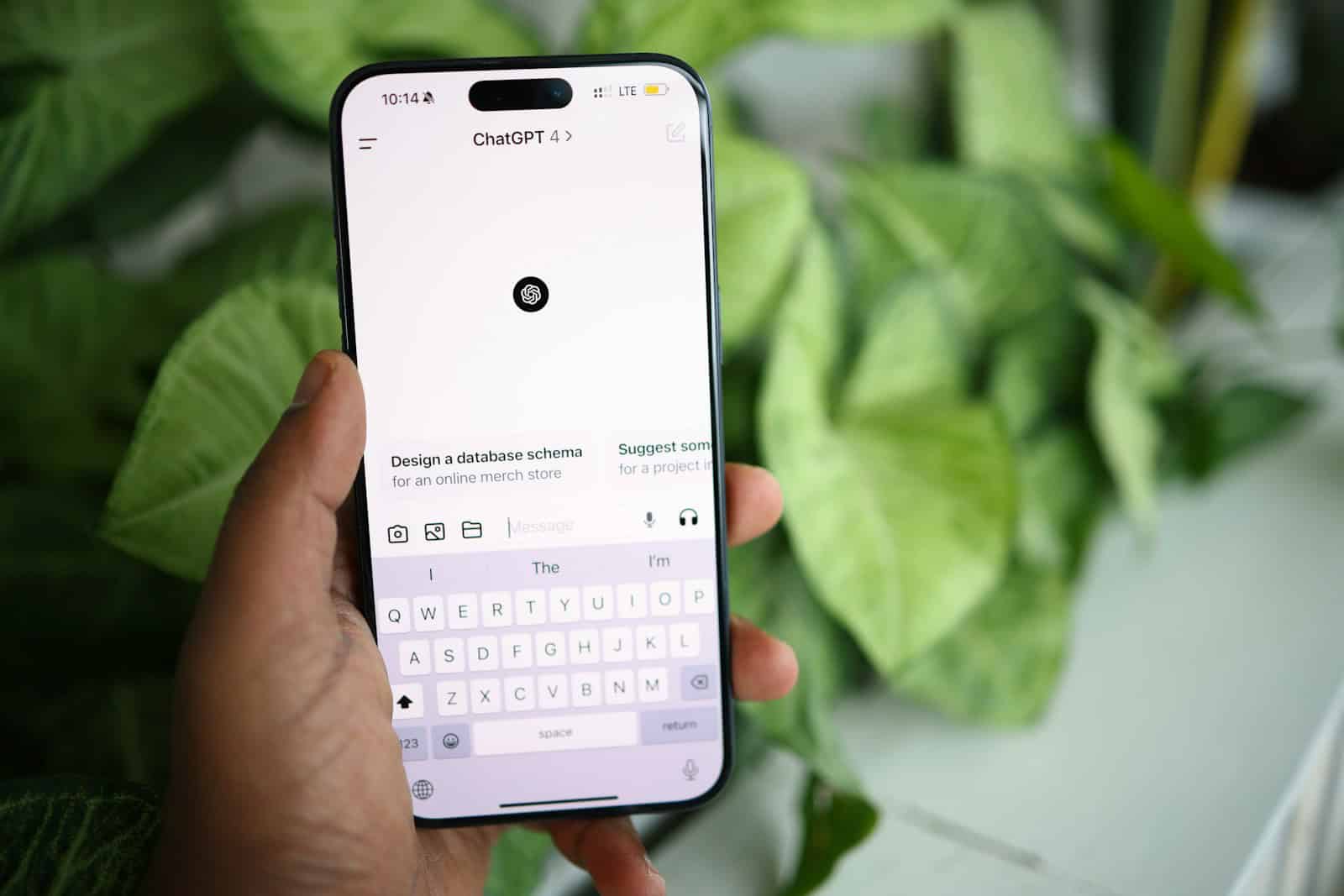ChatGPT is a powerful AI chatbot created by OpenAI that can communicate with people just like a real person. It can answer questions, write stories, and help with homework or work tasks. Many people are excited about how it might change the way we use computers and get information. ChatGPT has emerged as a versatile and powerful tool in our AI-driven world. It has the ability to understand and generate human-like text, transforming how we interact with technology. This article explores the inner workings of ChatGPT, its capabilities, limitations, and the different versions available, giving you a clearer understanding of this revolutionary AI.
ChatGPT uses specialized math and lots of data to understand what people say and provide accurate answers. It can perform tasks that were previously only possible for humans, such as writing or explaining complex ideas. As ChatGPT grows in popularity, it’s important to learn how it works and what it can do. This guide will explain the basics of ChatGPT and showcase real-world applications, along with addressing common questions people have about this new technology.
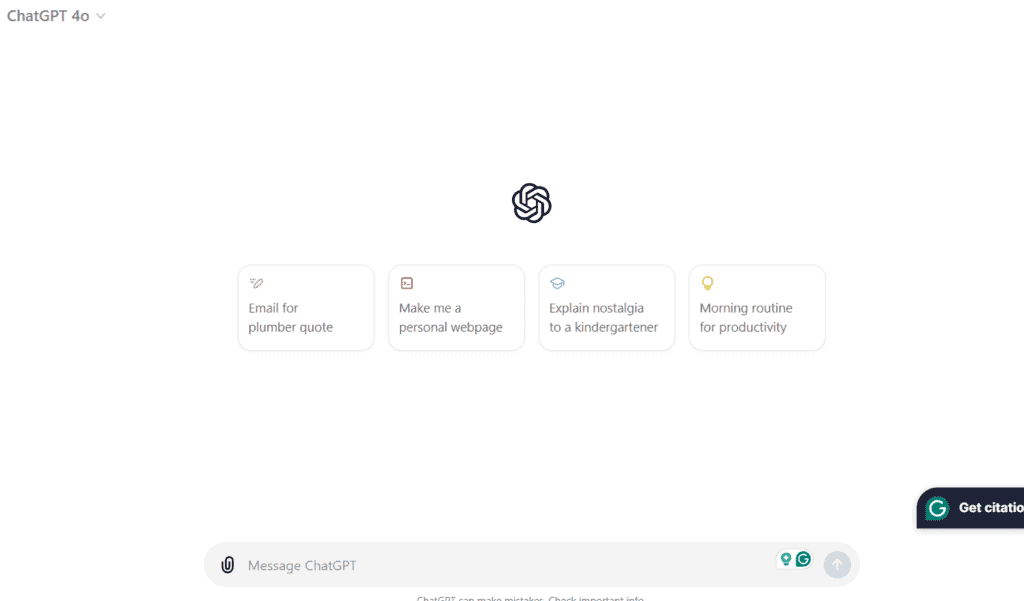
Unmasking ChatGPT: The Conversational AI Powerhouse
What is ChatGPT?
At its core, ChatGPT is a language model. It excels at understanding and generating human-like text. This ability makes it useful for a wide array of tasks, from answering questions to crafting creative content.
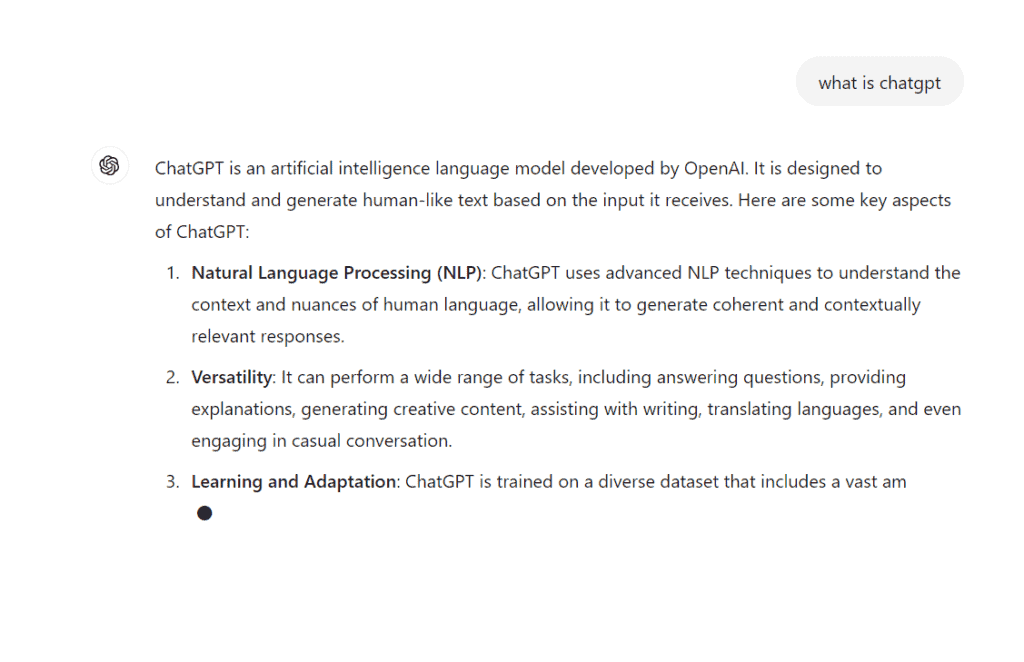
How Does ChatGPT Work?
It’s trained on a massive dataset of text and code, allowing it to learn patterns, grammar, and even some facts about the world. When you give it a prompt, it predicts what the most likely response should be based on its training data.
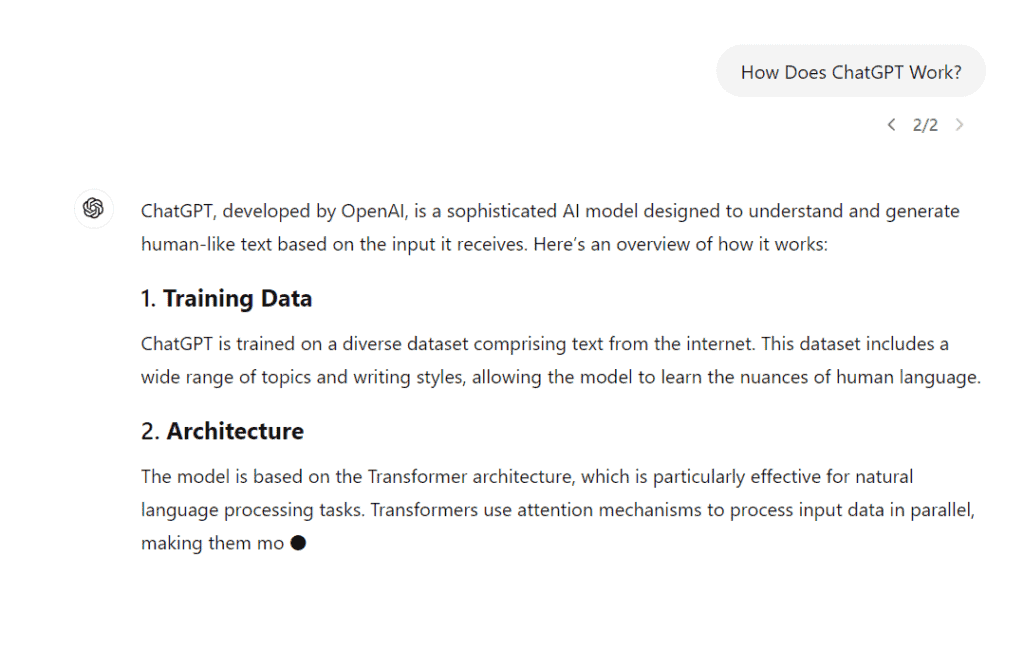
What Can ChatGPT Do?
- Answer Questions: ChatGPT can provide answers to questions on various topics, drawing on its vast knowledge base.
- Write Different Kinds of Creative Content: It can generate poems, code, scripts, musical pieces, email, letters, etc.
- Translate Languages: ChatGPT can translate text between multiple languages with impressive accuracy.
- Chat and Interact: It can engage in conversations, making it a helpful tool for customer service or virtual assistants.
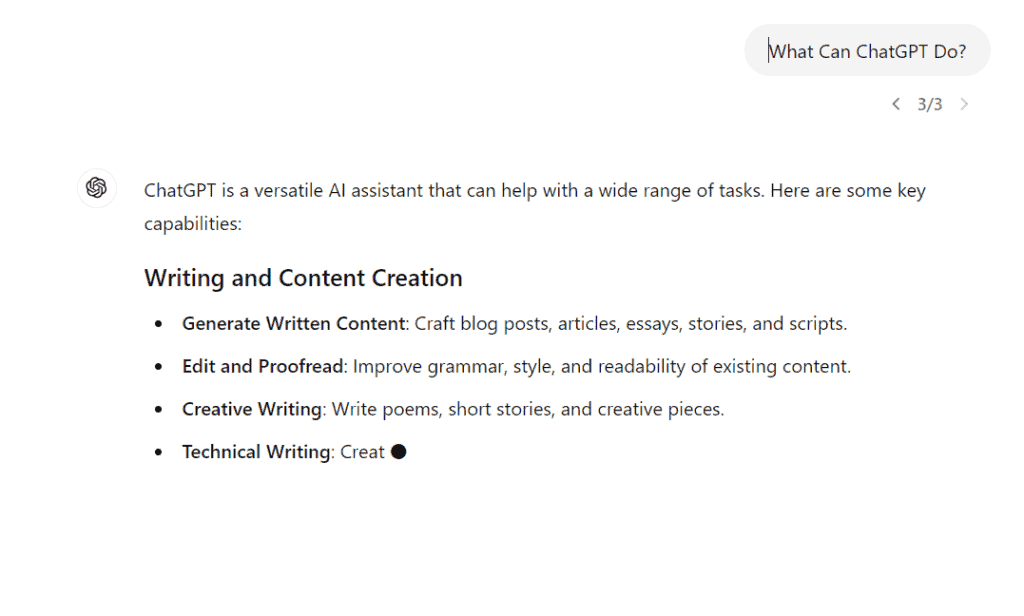
Different Versions of ChatGPT
| Model | Key Features | Ideal Use Cases |
|---|---|---|
| GPT-3.5 | The most widely used version, great for general tasks. | Everyday conversations, content creation, basic translations |
| GPT-4 | More advanced reasoning and creative abilities. | Complex problem-solving, code generation, detailed analysis |
| ChatGPT Plus | Offers priority access and faster response times, based on GPT-4 | Users who rely on ChatGPT for work or frequent use and need reliable access |

Limitations and Considerations
ChatGPT is still under development, and it has its limitations. It can sometimes produce incorrect or nonsensical answers. It may also exhibit biases present in its training data. Being aware of these limitations is important when using ChatGPT.
Key Takeaways
- ChatGPT is an AI chatbot that can talk like a human
- It can help with many tasks like writing and answering questions
- ChatGPT is part of big changes happening in AI technology
Understanding the Fundamentals of ChatGPT
ChatGPT is a powerful AI tool that can generate human-like text. It uses advanced language processing to understand and respond to user inputs. This section covers how ChatGPT works and what it can do.
The Evolution and Capabilities of Language Models
Language models have come a long way in recent years. They started as simple programs that could only handle basic tasks. Now, they can write essays, answer questions, and even create code.
ChatGPT is built on GPT (Generative Pre-trained Transformer) technology. This allows it to process and generate text based on huge amounts of data. It can understand context and nuance in language.
The latest versions, like GPT-3 and GPT-4, are even more advanced. They can handle complex tasks and give more accurate responses. These models learn from a wide range of sources, which helps them understand many topics.
Key Features and Technical Insights
ChatGPT has several key features that make it stand out:
- Natural language processing: It can understand and respond to text in a human-like way.
- Context awareness: It remembers previous parts of a conversation to give relevant answers.
- Multi-task capability: It can handle various tasks, from writing to problem-solving.
The model uses deep learning techniques to process information. It breaks down text into smaller parts and analyzes how they relate to each other. This helps it understand the meaning behind words and phrases.
ChatGPT also uses something called “attention mechanisms”. These help it focus on the most important parts of a sentence or question. This leads to more accurate and relevant responses.
Providing Adequate Privacy in AI Interactions
Privacy is a big concern when using AI tools like ChatGPT. Users need to be careful about what personal information they share. OpenAI, the company behind ChatGPT, has put some safeguards in place.
ChatGPT doesn’t store personal data from conversations. Each chat starts fresh, without memory of past interactions. This helps protect user privacy.
However, users should still be careful. It’s best not to share sensitive information like passwords or financial details. OpenAI also has guidelines to prevent misuse of the system.
For businesses, there are special versions of ChatGPT that offer more privacy. These can be used through APIs with added security measures. This allows companies to use the technology while keeping their data safe.
ChatGPT in Practice: Applications and Real-World Use Cases
ChatGPT has many uses in business, education, and society. Companies and schools are finding new ways to use this AI tool every day.
Transforming Business and Customer Experience
ChatGPT helps businesses improve customer service. It can answer questions quickly and handle simple tasks. This frees up human workers for harder problems.
Many companies use ChatGPT to create content. It can write product descriptions, blog posts, and social media updates. This saves time and money on writing.
ChatGPT also helps with decision-making. It can analyze data and give suggestions. This helps managers make smarter choices faster.
In healthcare, ChatGPT assists doctors by summarizing patient info. It can also explain complex medical terms to patients in simple language.
Advancing Educational Methods and Resources
Schools use ChatGPT to make learning more personal. The AI can create custom study plans for each student, helping kids learn at their own pace. Teachers use ChatGPT to make lesson plans and test questions. The AI can also grade papers and give feedback, saving teachers time for face-to-face teaching. ChatGPT helps explain difficult topics, and students can ask it questions at any time, making it like having a tutor available 24/7. The AI can also create study materials like flash cards and summaries, which helps students review and remember important information.
However, as ChatGPT becomes more common, people have become more worried about privacy and the data collection implications surrounding the program. The AI requires a lot of data to work well, but this data must be kept safe. There are concerns about bias in AI systems, as ChatGPT might give unfair answers if it’s trained on biased information. Companies need to check for this. Job loss is another concern, as some fear AI might replace human workers, while others believe it will create new jobs that we can’t yet imagine. ChatGPT also raises questions about truth and originality, as it can create fake news or copy others’ work. Therefore, society needs rules for using AI responsibly.
Frequently Asked Questions
ChatGPT has sparked many questions about its uses and impacts. People want to know how it works and what it means for the future.
How can ChatGPT be integrated into existing business processes?
Companies can use ChatGPT in many ways. It can help with customer service by answering common questions. It can also write reports and emails. Some businesses use it to generate ideas or summarize long documents.
ChatGPT can speed up tasks and free up workers for other jobs. But it needs human oversight to catch mistakes.
What are the implications of the AI revolution on employment?
AI will change many jobs. Some tasks may become automated. But new jobs will also be created to work with AI systems.
Workers may need to learn new skills. Jobs that need human traits like empathy or creativity may be safer. The full effects are still unclear.
What advancements in AI led to the development of ChatGPT?
ChatGPT builds on years of progress in natural language processing. Key advances include large language models and machine learning.
Better computer power and more training data were also crucial. ChatGPT uses a method called reinforcement learning from human feedback.
In what ways does ChatGPT differ from other AI language models?
ChatGPT can engage in back-and-forth conversations. It remembers context from earlier in a chat. It can also admit mistakes and ask for clarification.
Unlike some models, ChatGPT aims to refuse harmful requests. It has wider knowledge but may be less specialized than some other AIs.
How does ChatGPT understand and generate human-like text?
ChatGPT analyzes patterns in huge amounts of text data. It learns to predict likely word sequences. This lets it generate text that sounds natural.
The AI doesn’t truly understand meaning like humans do. But it can mimic human-like responses based on its training.
What measures are in place to ensure ChatGPT’s ethical use?
OpenAI has built in some safeguards. ChatGPT tries to avoid harmful or biased outputs. It also aims to respect copyrights.
But more work is needed. Ongoing research looks at ways to make AI systems more trustworthy and aligned with human values.

